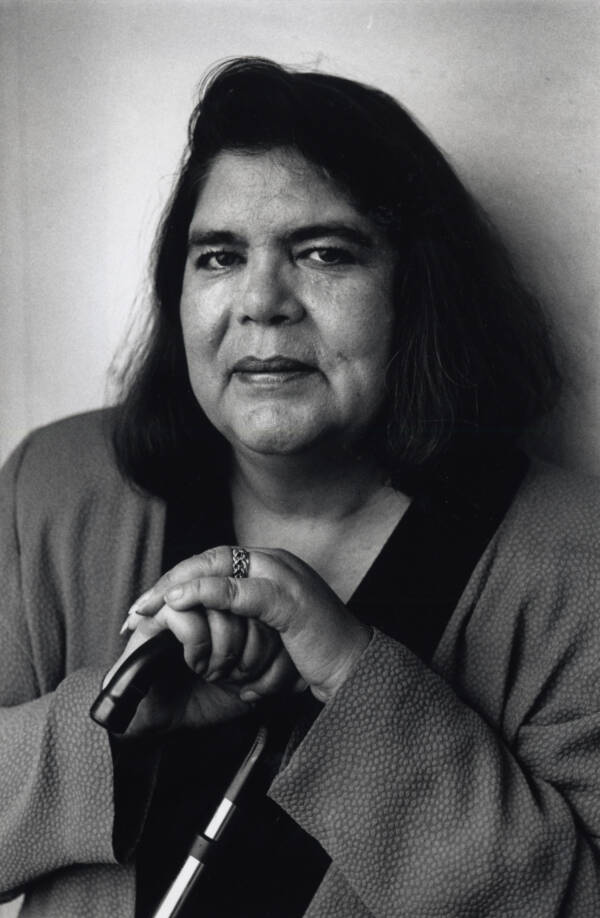Wilma Mankiller: The Fearless Cherokee Chief

Judy Weintraub/The Washington Post via Getty ImagesChief Wilma Mankiller, pictured in 1993.
In 1987, Wilma Mankiller did what no other Native American woman had done before — she became the Principal Chief of a major tribe.
During her tenure, which lasted until 1995, Mankiller oversaw a budget that grew to $150 million a year, watched Cherokee membership triple, and advocated for better education, healthcare, and housing services. And when she ran for reelection in 1991, she won 83 percent of the vote.
She fought hard to get there. Born to a Cherokee father and a white mother in 1945 in Oklahoma, Mankiller and her family were eventually forced to move to San Francisco as part of a relocation policy of the Bureau of Indian Affairs. It was, Mankiller later reflected, “my own little Trail of Tears.”
But living in California would change her life. As a teenager, Mankiller had a front-row seat to the social movements of the 1960s. And in 1969, she watched with awe and admiration as Native American activists occupied Alcatraz to raise awareness of the U.S. government’s treatment of Natives.
“When Alcatraz occurred, I became aware of what needed to be done to let the rest of the world know that Indians had rights, too,” Mankiller recalled.
Though she was married to an Ecuadorian businessman from 1963 to 1977, the pair ultimately divorced. Mankiller then returned home to Oklahoma with her two daughters. There, she volunteered with tribal affairs and started to work with the Cherokee Nation as an economic stimulus coordinator. Before long, Mankiller had founded the Community Development Department for the Cherokee Nation to help increase access to water and housing.
Her hard work caught the eye of Ross Swimmer, the tribe’s Principal Chief. He selected her as his running mate in his re-election campaign in 1983, making Mankiller the Deputy Chief of the Cherokee Nation.
When he resigned two years later, Mankiller took his place and later won the election in her own right in 1987. “Prior to my election,” she said, “Cherokee girls would have never thought that they might grow up and become chief.”
Though health problems forced Mankiller to step down in 1995, Mankiller remained heavily involved with the Cherokee Nation. Her legacy of hard work eventually earned her the Presidential Medal of Freedom in 1998.
She died in 2010 at age 64 and was soon memorialized as a trailblazer.





